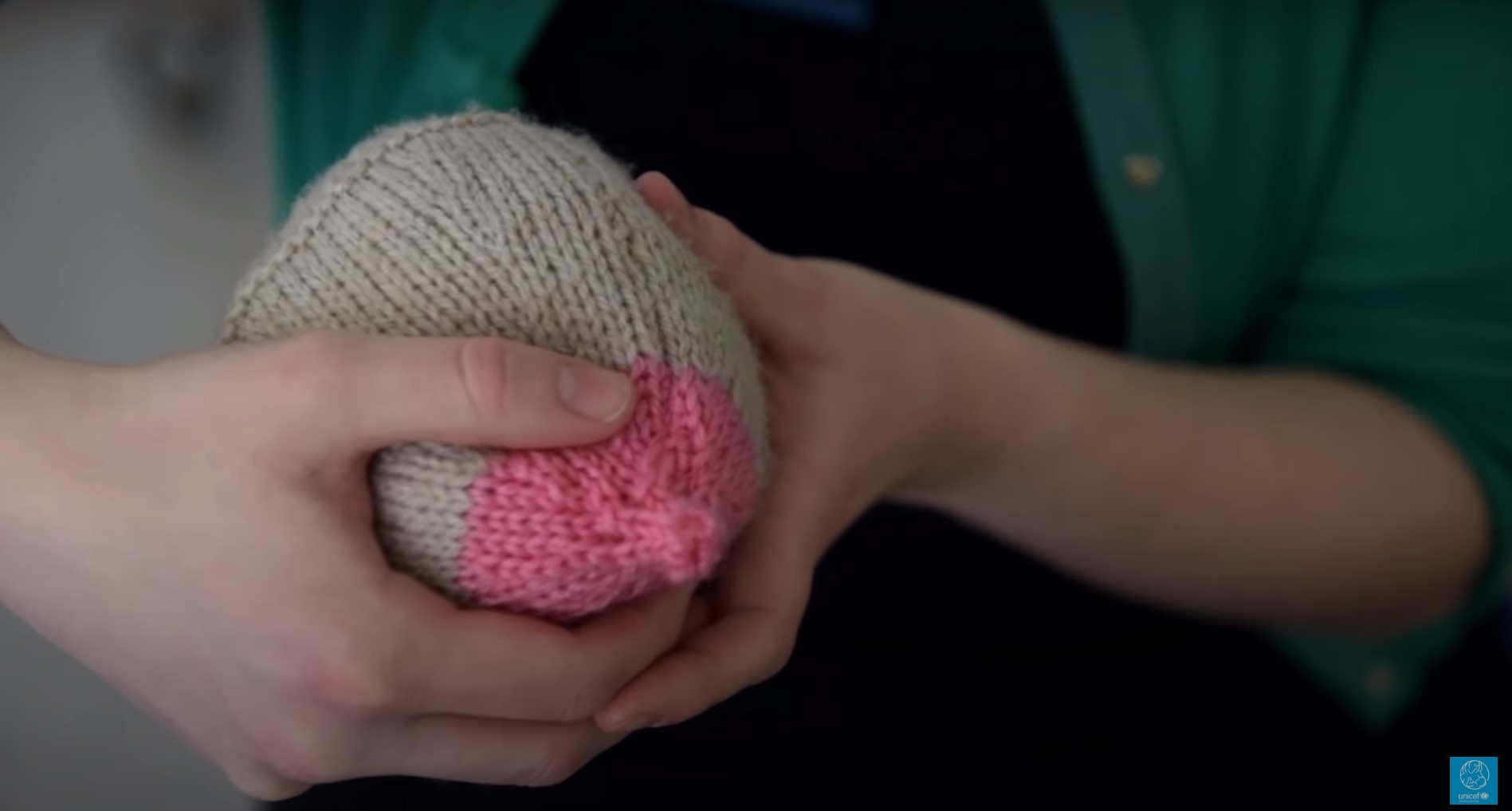There may be times when you need to express your milk including in the early days if you are separated from your baby, or if you are trying to increase your milk supply or to relieve engorgement. Later on you might express milk to leave for your baby if you want some time away.
For more information on how to give your baby your expressed milk visit the bottle and mixed feeding page.
You may want to express breastmilk if:
- you have to be away from your baby, for example, because your baby is in special care or because you’re going back to work
- your breasts feel uncomfortably full (engorged)
- your baby is not able to latch or suck well, but you still want to give them breast milk
- your partner is going to help with feeding your baby
- you want to boost your milk supply
Hand expressing
You may find it easier to express milk by hand, especially in the first few days or weeks. With hand expressing you can express without needing a pump or an electricity supply.
Hand expressing also allows you to encourage milk to flow from a particular part of the breast. This may be useful, for example, if one of the milk ducts in your breast becomes blocked.


